Google Thinks I’m in a Different Country: How to Change It
Fixing your browser showing results from different countries is actually easy
4 min. read
Updated on
Read our disclosure page to find out how can you help Windows Report sustain the editorial team. Read more
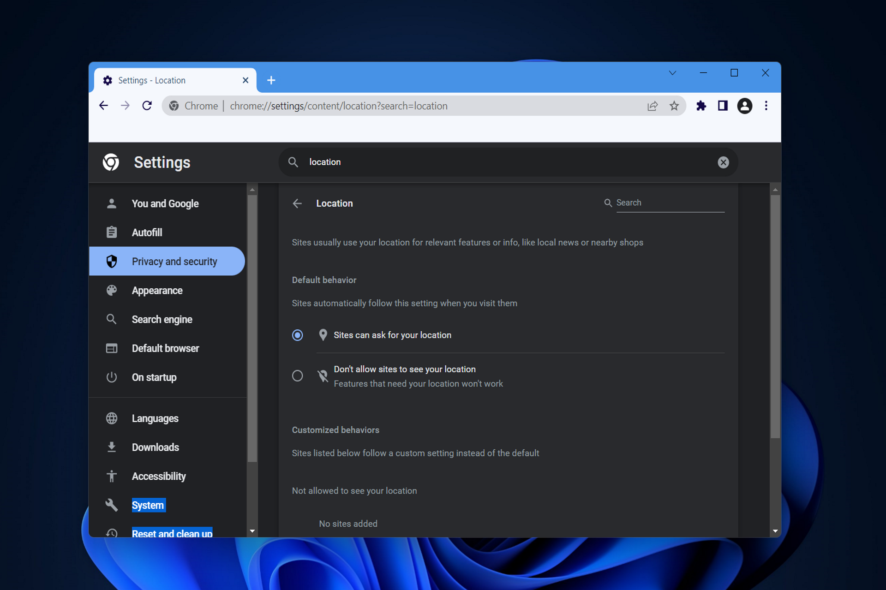
Wondering why Google thinks you’re in a different country? This issue can lead to irrelevant search results and confusion. Fortunately, it’s easy to fix.
Google may think you’re in a different country because of incorrect search settings or outdated location data. Cookies, cached files, and VPN usage can also be at fault.
Here’s how to address this issue:
What can I do if Google thinks I’m in a different country?
First, clear your browser cache and switch to a different network. If you’re still struggling, keep reading:
1. Change search settings
- Navigate to Google and click Settings in the bottom left. Select Search settings.
- Choose Other settings and then Language & region.
- Click on the Results region and set it to your actual location.
2. Change the device location
- Press Windows and I to open Settings, then navigate to Time & language followed by Language & region.
- Scroll down and select the Country or region that you are in. Changes will automatically apply, however, you might need to reboot your PC and browser. The browser thinks I’m in another country issue will be resolved this way.
You can also check your device’s IP address to see if it matches your country. If that’s the culprit, consider addressing your Internet Services Provider.
3. Check your VPN
- Open Settings by pressing Windows + I together, then go to Network & Internet followed by VPN.
- Here, make sure to turn off the Allow VPN over metered networks as well as Allow VPN while roaming.
- Alternatively, if you are using a VPN service, make sure to set its country to your current one. The Chrome thinks I’m in another country issue will be resolved after.
Using VPN will change your location and that affects all apps connected to the Internet, including your browser. Disabling the VPN will stop it.
Alternatively, to keep the VPN running, you can use split tunneling and only disable it for the browser.
4. Set your location inside the browser
For Google Chrome
- On your computer, open Chrome then click on the three-dot menu from the top-right corner followed by Settings.
- Click on Privacy and security followed by Site Settings.
- Scroll down and click on Location.
- Next, make sure to turn on the Sites can ask for your location option.
- Restart your browser to check whether it sets the right location now.
For Mozilla Firefox
- Type about:config in your browser and then accept the risks.
- Search for the geo.enabled setting and make sure its value is set to true. Click on the reverse icon to change its value.
Make sure location permissions are enabled. This way, your browser will automatically check and update your location so you won’t have to manually do it every time you travel.
5. Reset your web browser
- Open Chrome and click on the three-dot menu followed by Settings.
- Select Reset and clean up from the left menu followed by Restore settings to their original defaults.
- Next, click on the Reset settings button and wait for the process to finish.
6. Try another browser
If all else fails, consider using a different browser. A good option to overcome location issues is Opera. That’s because it has an integrated VPN that lets you pick your preferred location.
This means that, even if your IP address is at fault or Google just can’t seem to correctly pick up your location based on it, you can adjust to the exact country you want in just a few clicks.
Even though Google is getting smarter with location detection, it’s far from perfect. This isn’t the only issue you can encounter, and many reported that Google history is showing search results that users didn’t perform.
By following the steps above, Google should no longer think you’re in a different country. Let us know which option worked for you and don’t hesitate to ask for further help if you need it.


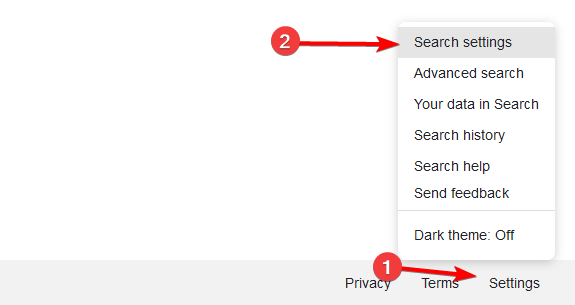

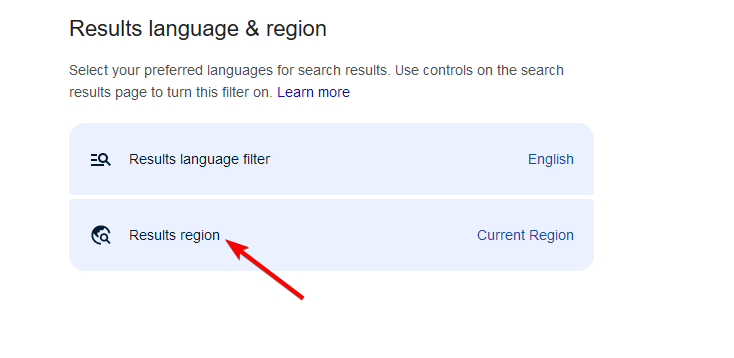
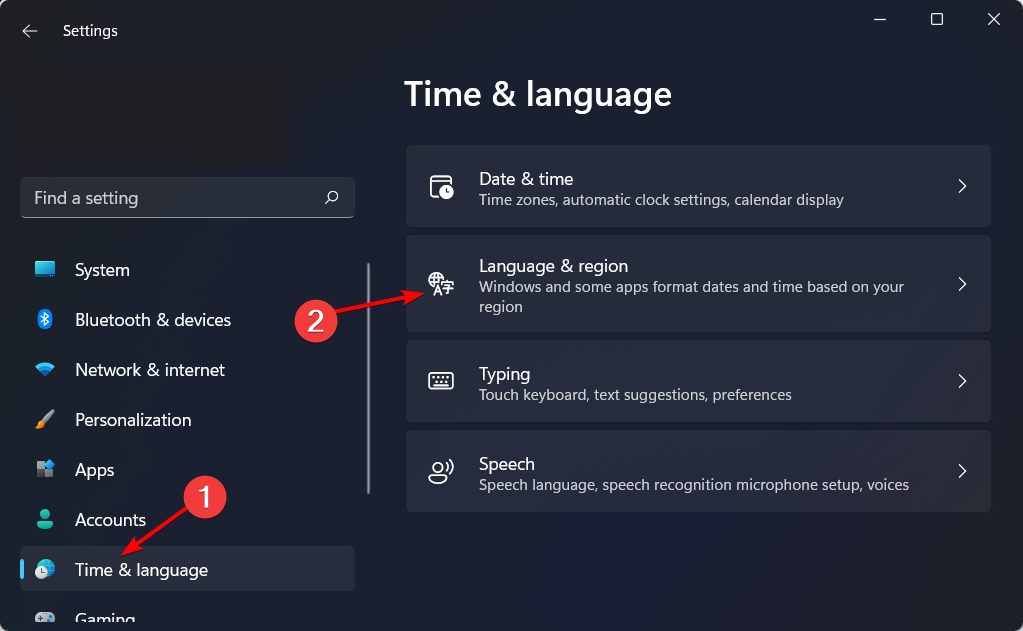
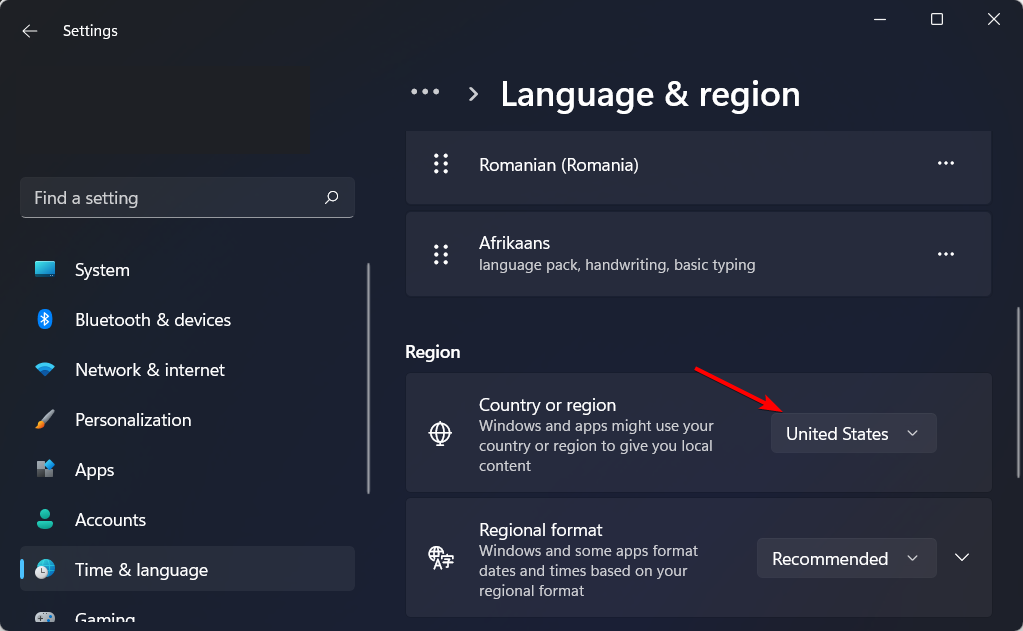
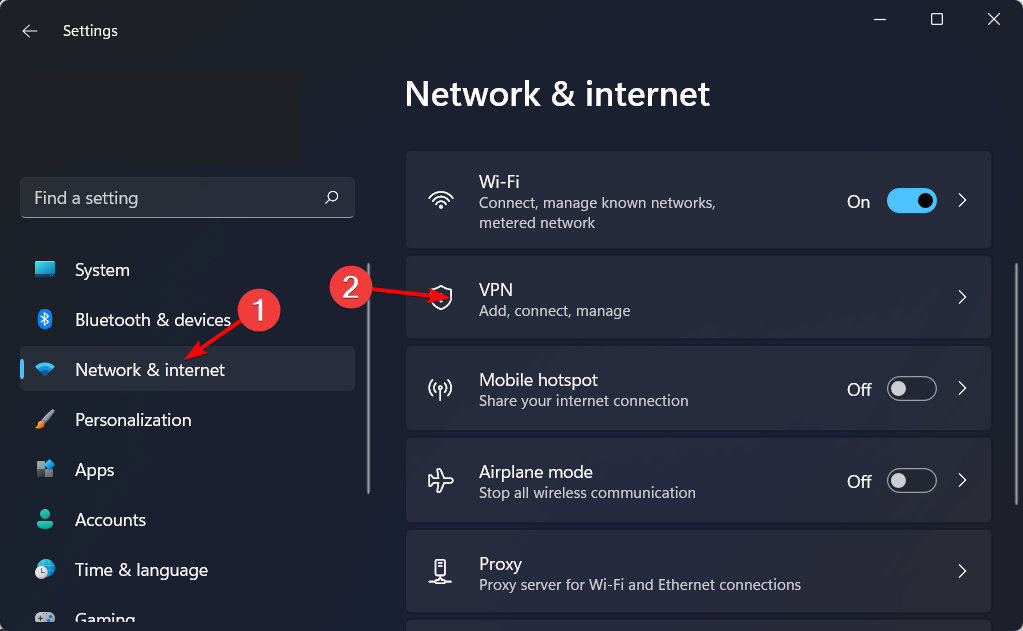
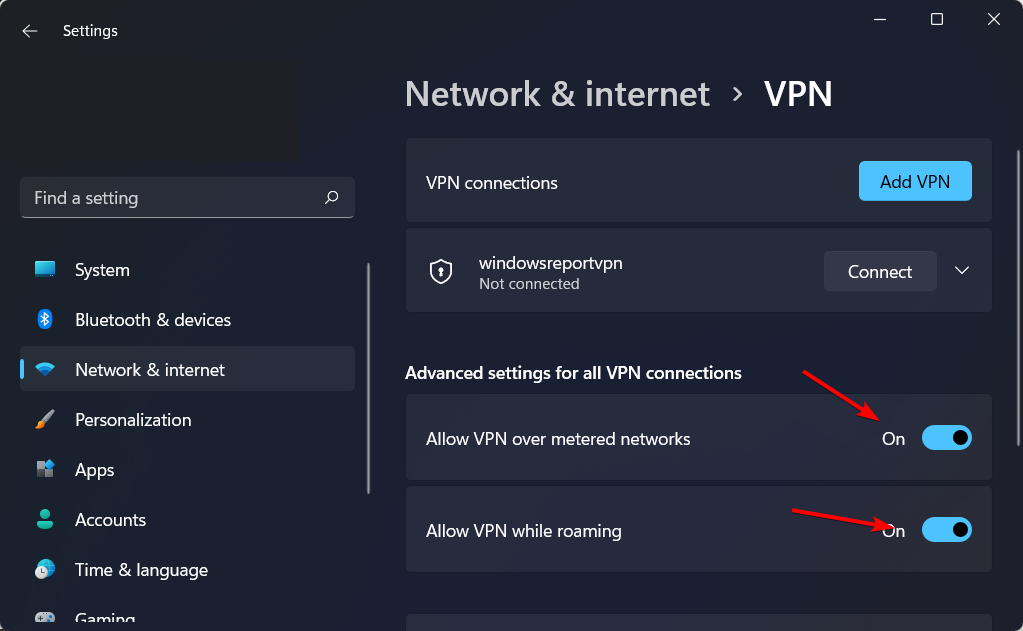

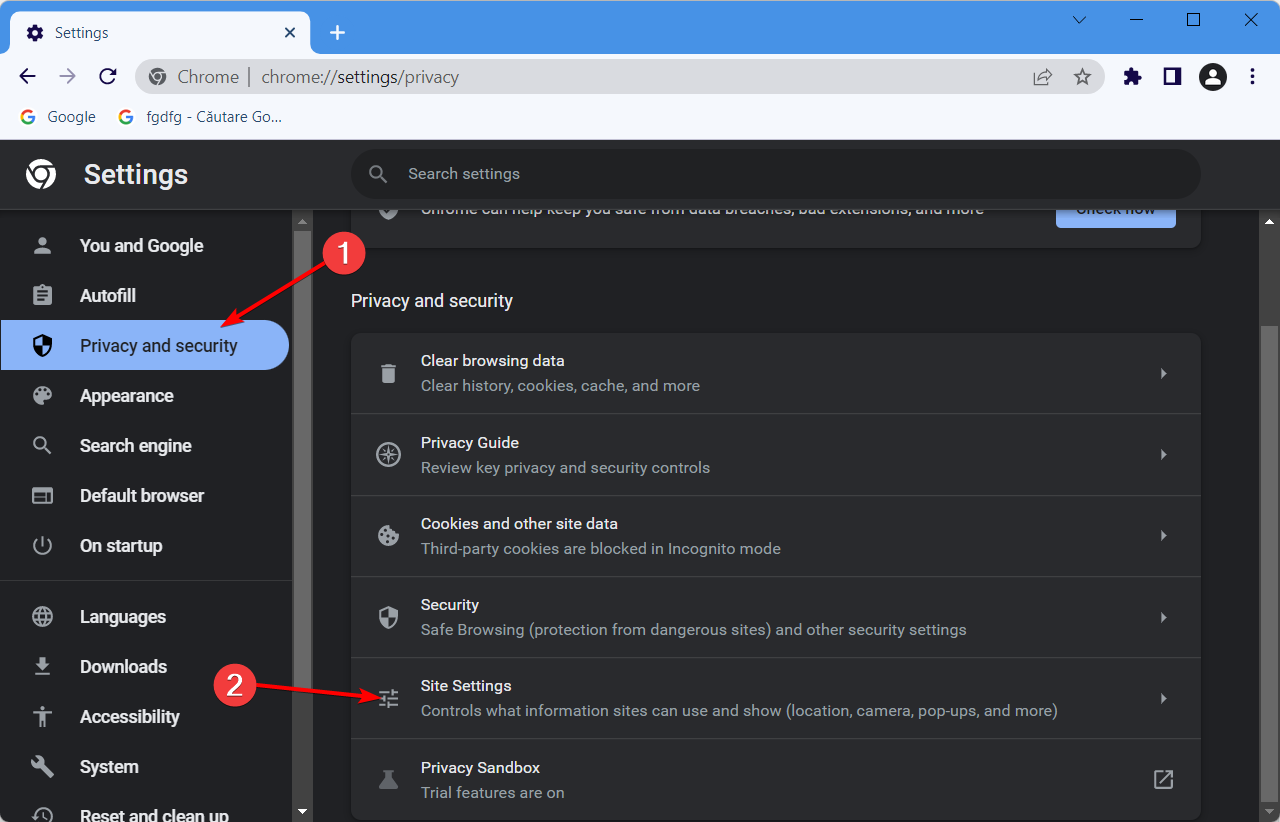
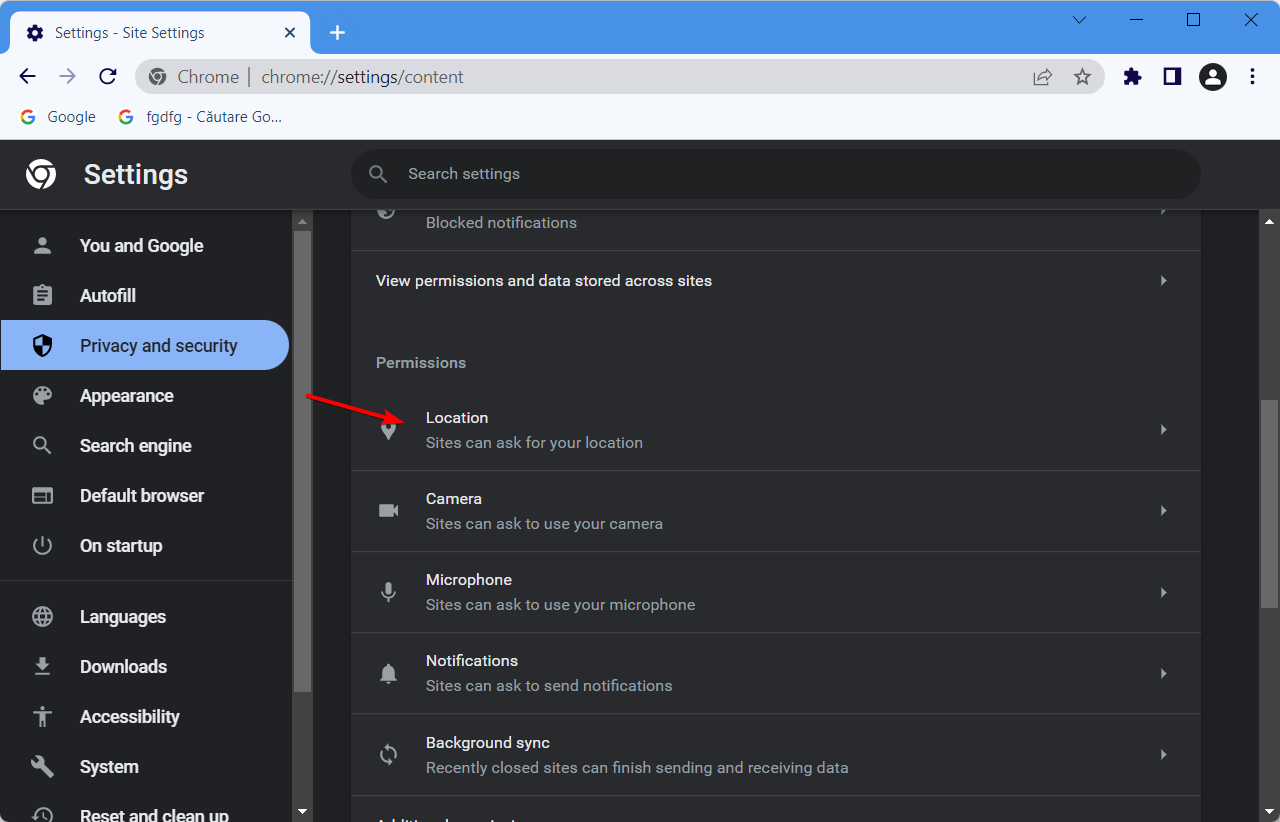

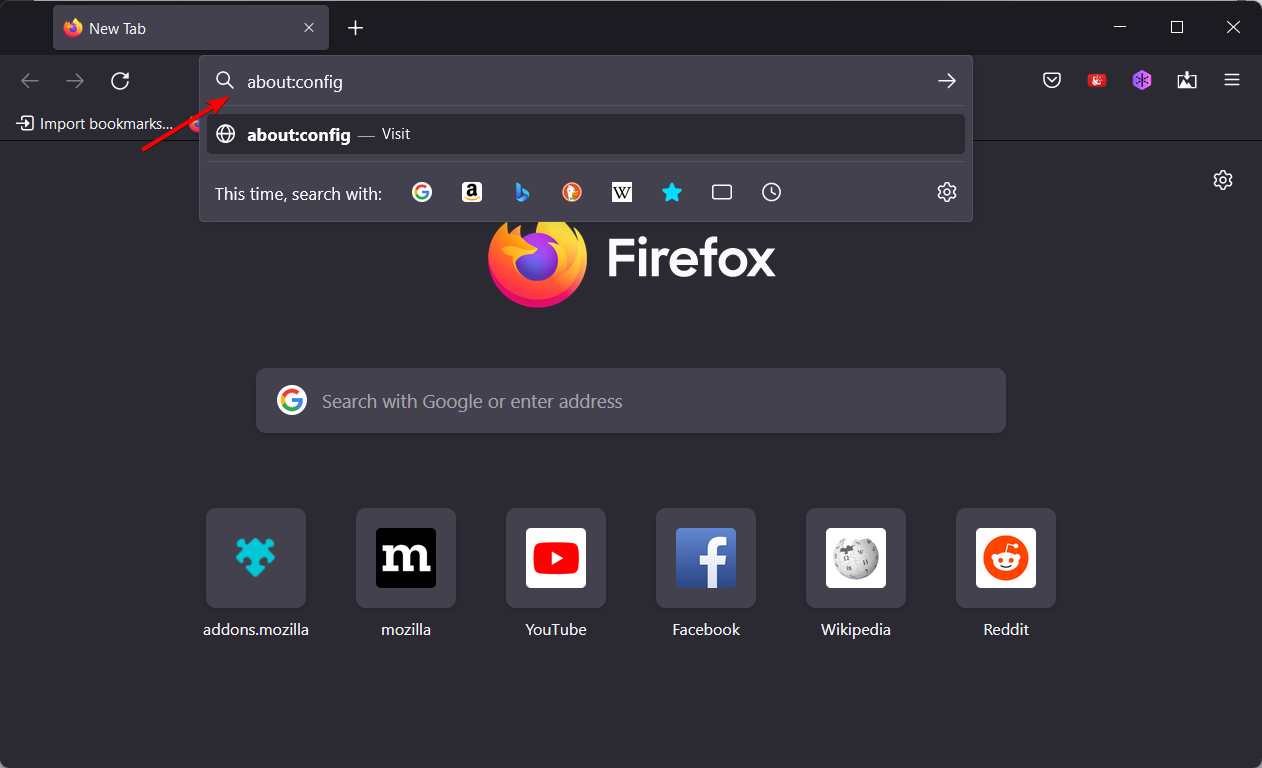
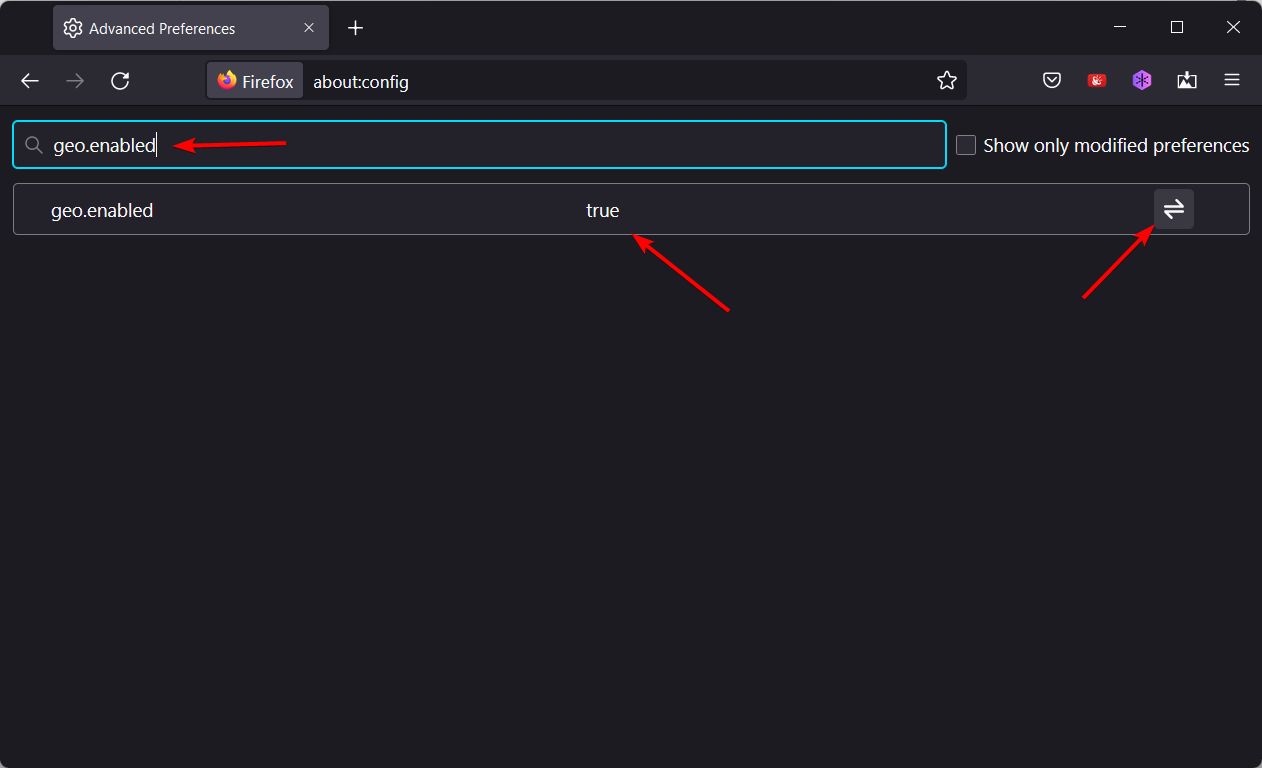
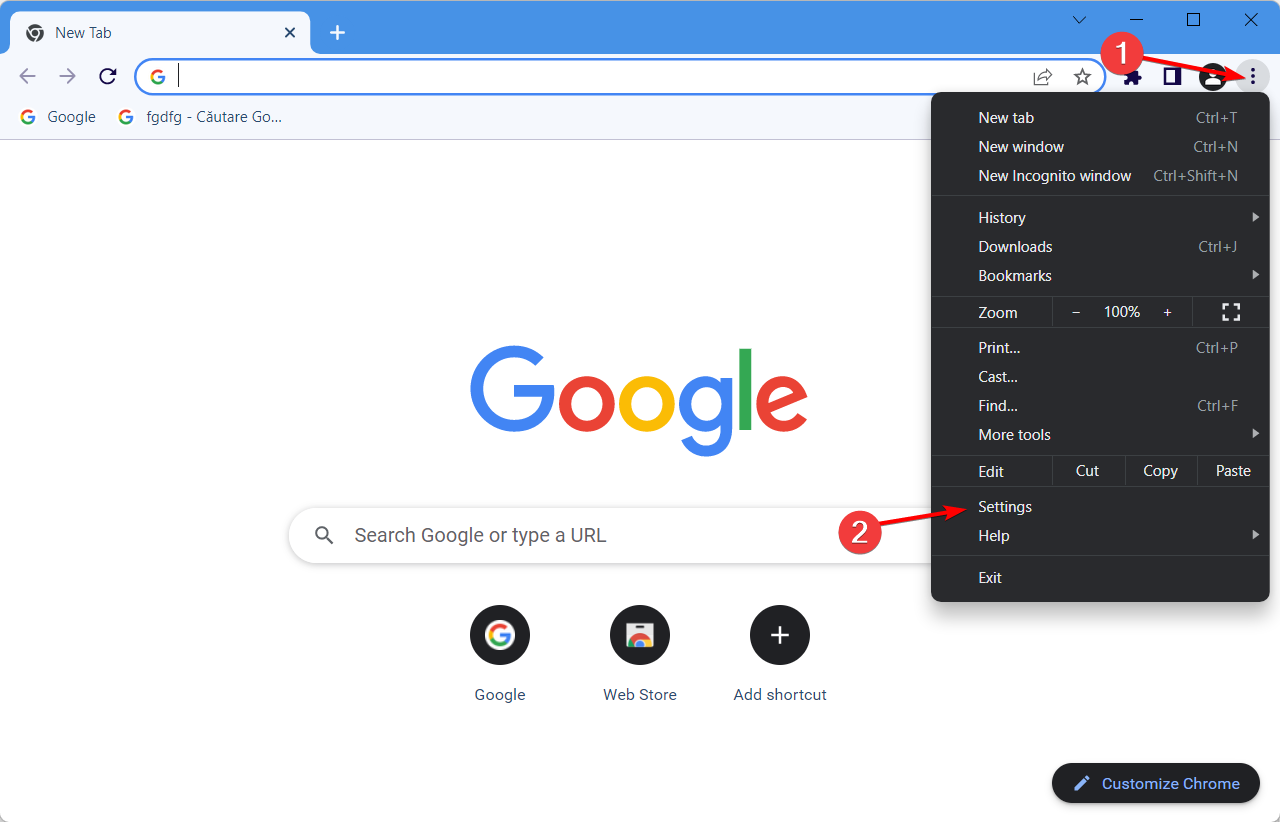
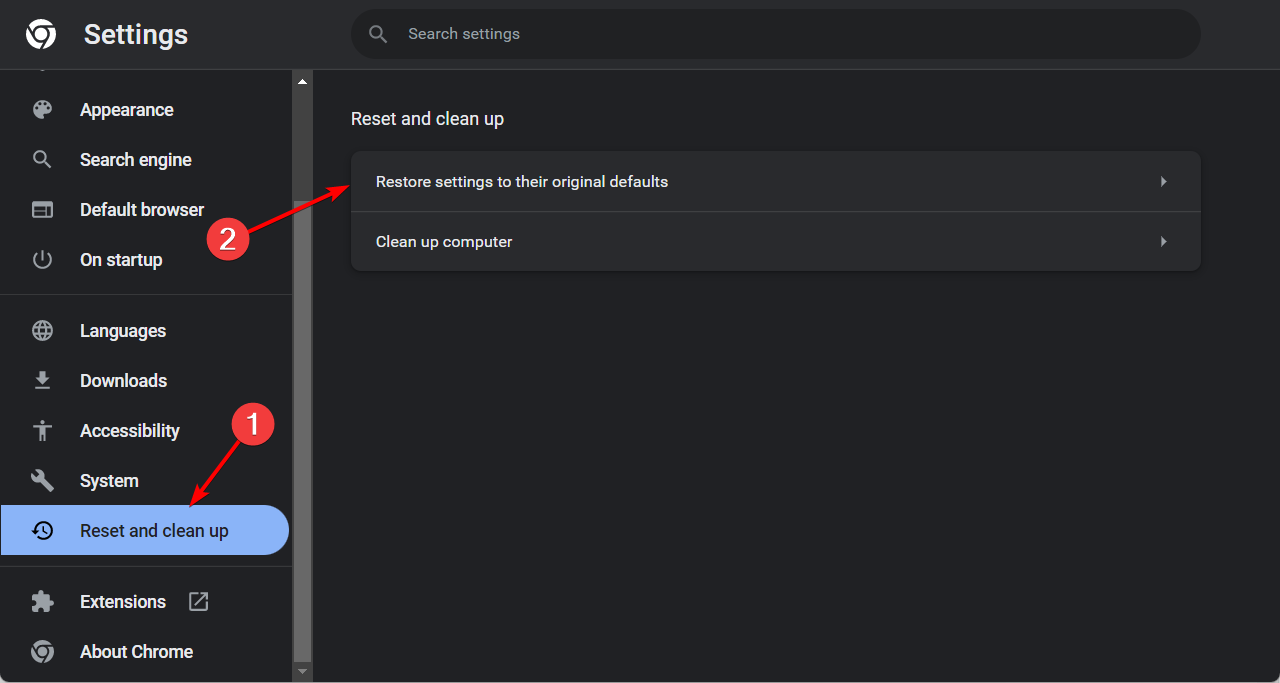
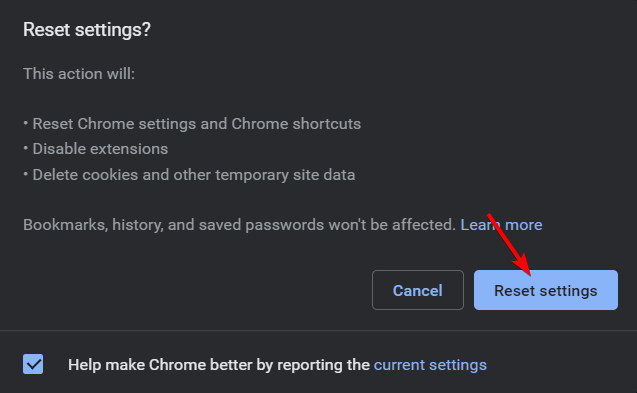








User forum
1 messages